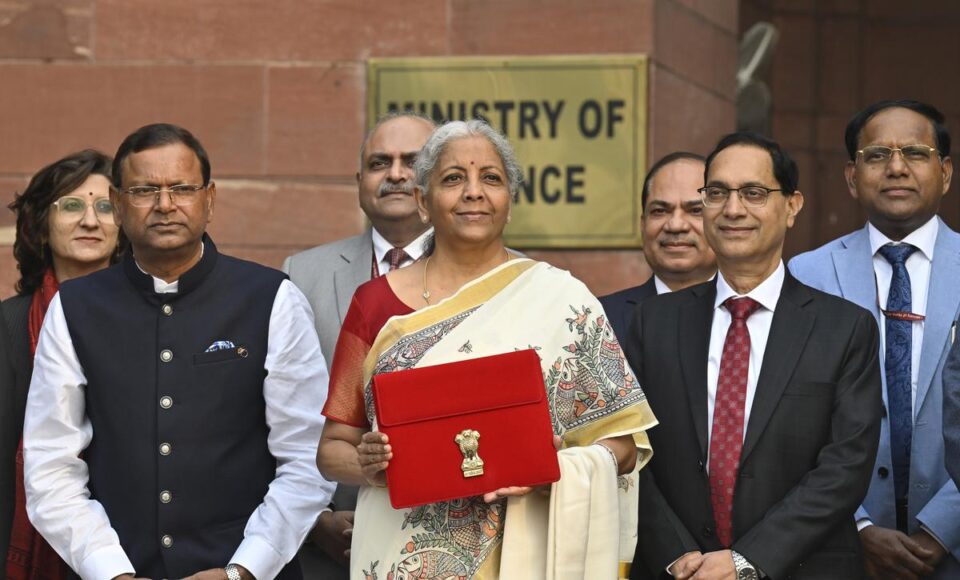Divya Bhatia
In her Union Budget 2025-26 speech, Indian Finance Minister Nirmala Sitharaman unveiled a series of measures aimed at boosting the country’s tourism and hospitality sector. These initiatives are set to enhance connectivity, promote regional tourism and improve infrastructure, while focusing on skill development and employment generation.
One of the major highlights of the budget is the expansion of the UDAN (Ude Desh ka Aam Naagrik) scheme, which has already facilitated the operationalization of 619 air routes. Under the modified UDAN scheme, an additional 120 destinations will be connected, aiming to increase the number of air passengers by 4 crore over the next 10 years. This expansion also includes plans to build helipads in hilly areas to improve accessibility to remote destinations.
Further enhancing air connectivity, the government plans to develop Greenfield airport facilities in Bihar to meet future demands and support the growth of tourism in the region.
To improve the infrastructure at key tourist spots, the government will collaborate with state governments to develop the Top 50 tourist sites across India. These sites will be developed under a “challenge mode,” with the land for these projects to be provided by the states. In addition, hotels in these destinations will be included in the Infrastructure Harmonized List (HML), ensuring a streamlined process for development.
Focusing on employment generation, Sitharaman emphasized the importance of skill development programs. Intensive training will be provided for youth, including in institutes of hospitality management, helping equip them for roles in the tourism industry. The government also aims to provide MUDRA loans to support homestays, thereby encouraging local entrepreneurship and enhancing the visitor experience.
To further improve the tourism experience, the government will offer performance-linked incentives to states for effective destination management. This will include investments in tourist amenities, cleanliness, marketing efforts, and overall destination management.
Sitharaman also announced the introduction of streamlined e-visa facilities and visa fee waivers for specific tourist groups, making travel to India more accessible and hassle-free.
Building on the focus on spiritual tourism in the previous budget, the Finance Minister highlighted a renewed emphasis on destinations related to the life and teachings of Lord Buddha. These sites will receive special attention to attract more global visitors interested in spiritual tourism.
Additionally, the budget includes plans to promote medical tourism in India, with an emphasis on “Heal in India.” This will be achieved through partnerships with the private sector, capacity building in the healthcare sector, and the introduction of more relaxed visa norms to facilitate easier access for international medical tourists.
With these sweeping measures, the government aims to position India as a global tourism hub, enhancing both domestic and international travel, while generating employment and bolstering regional economies.

